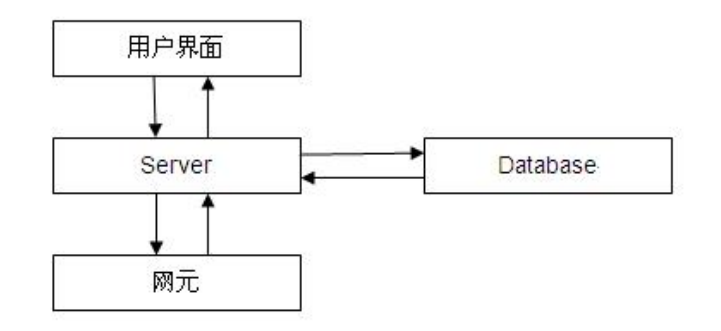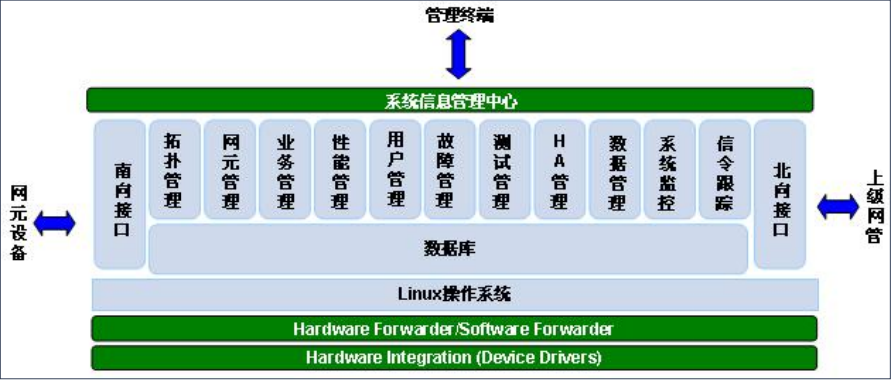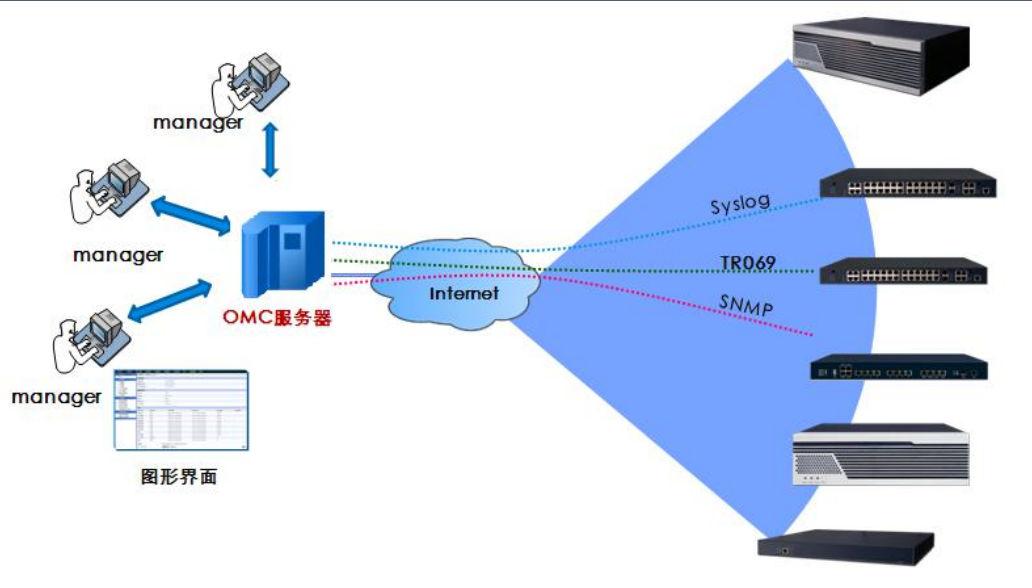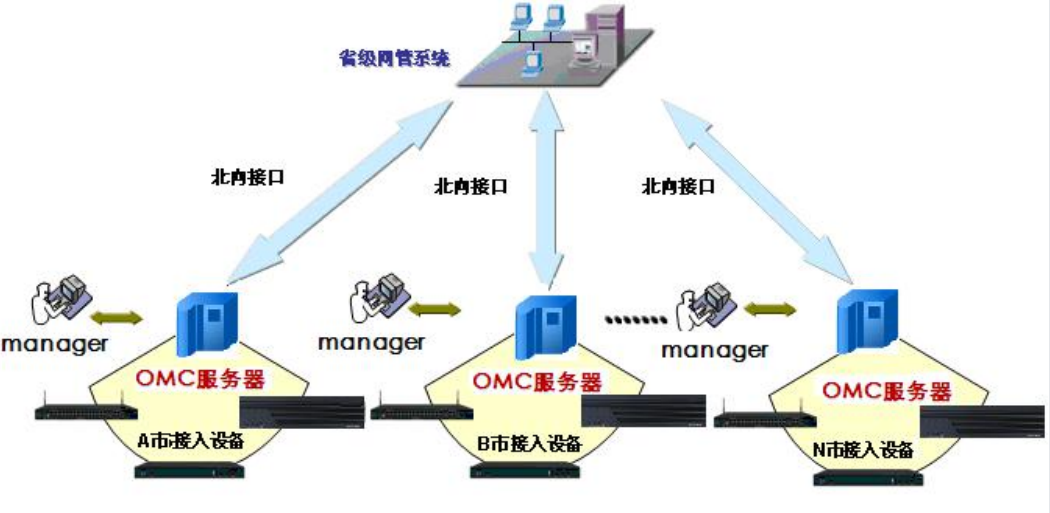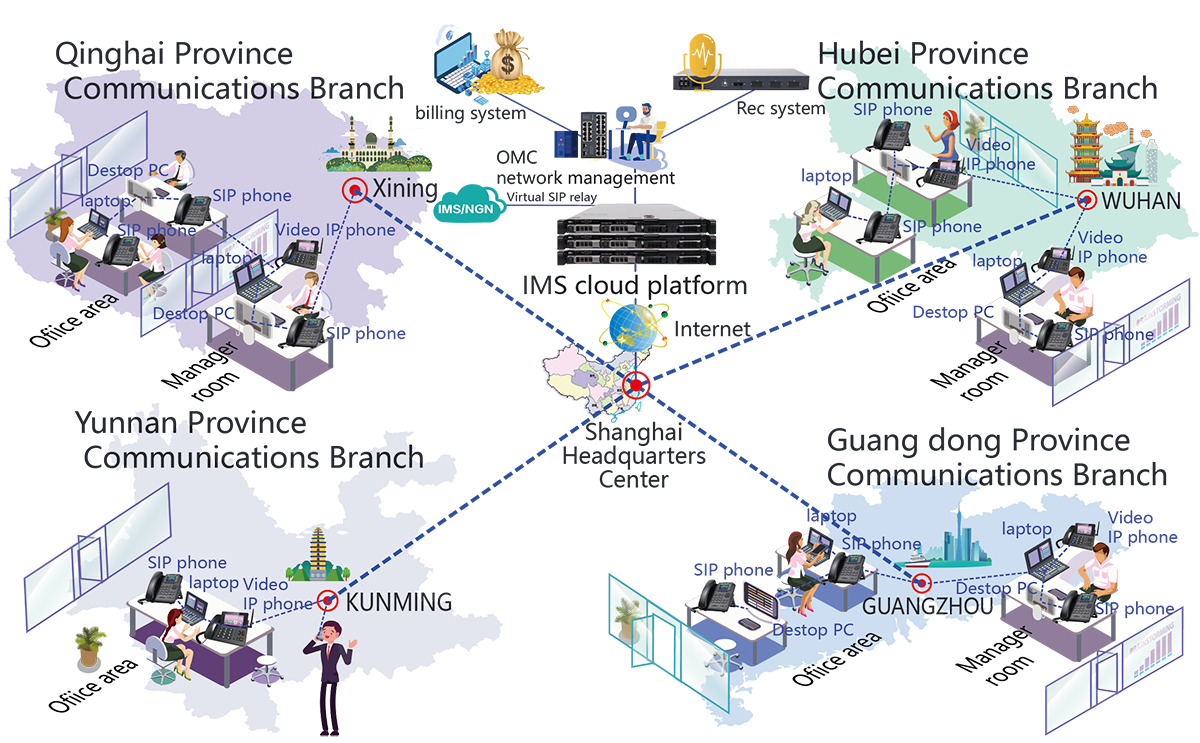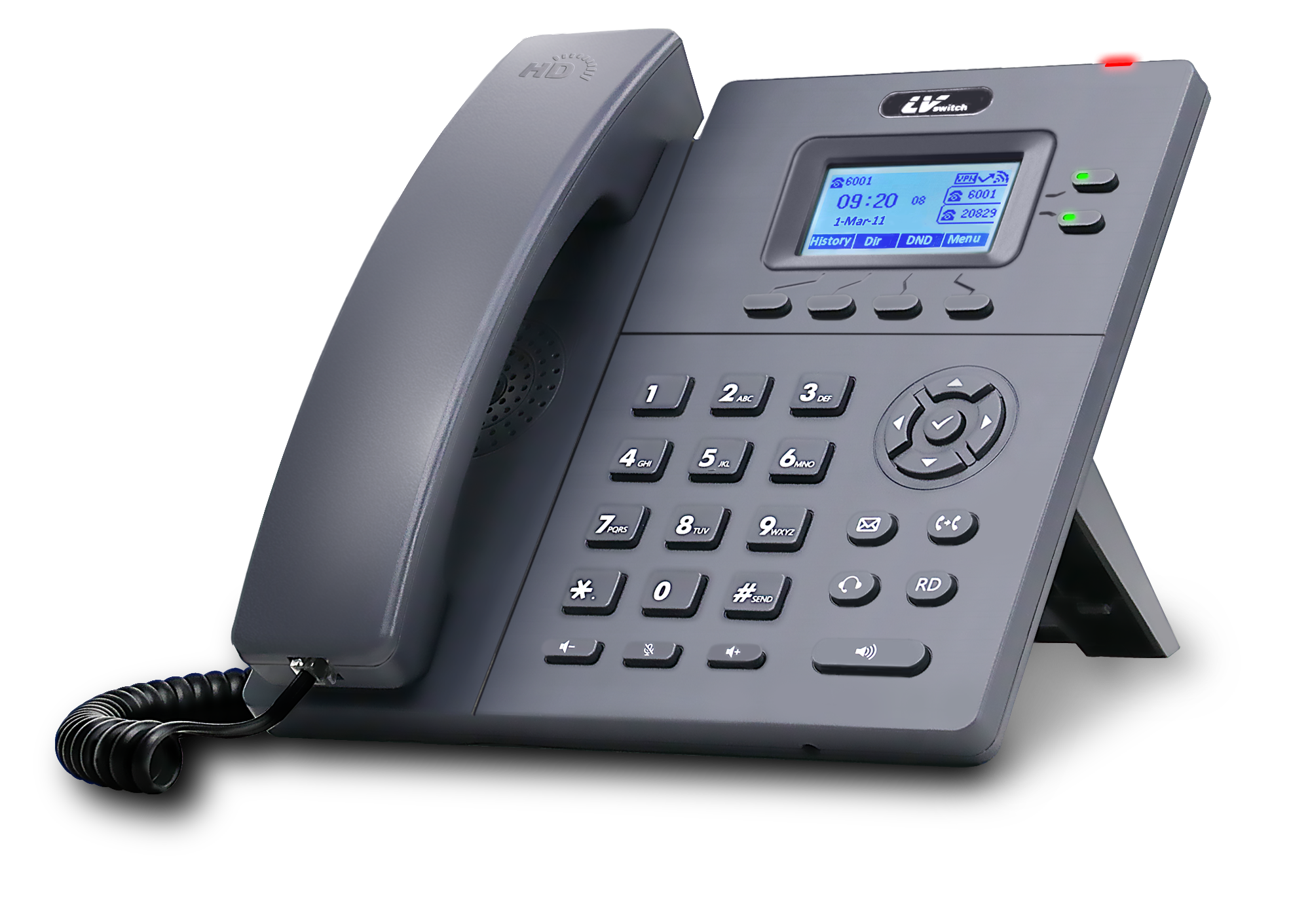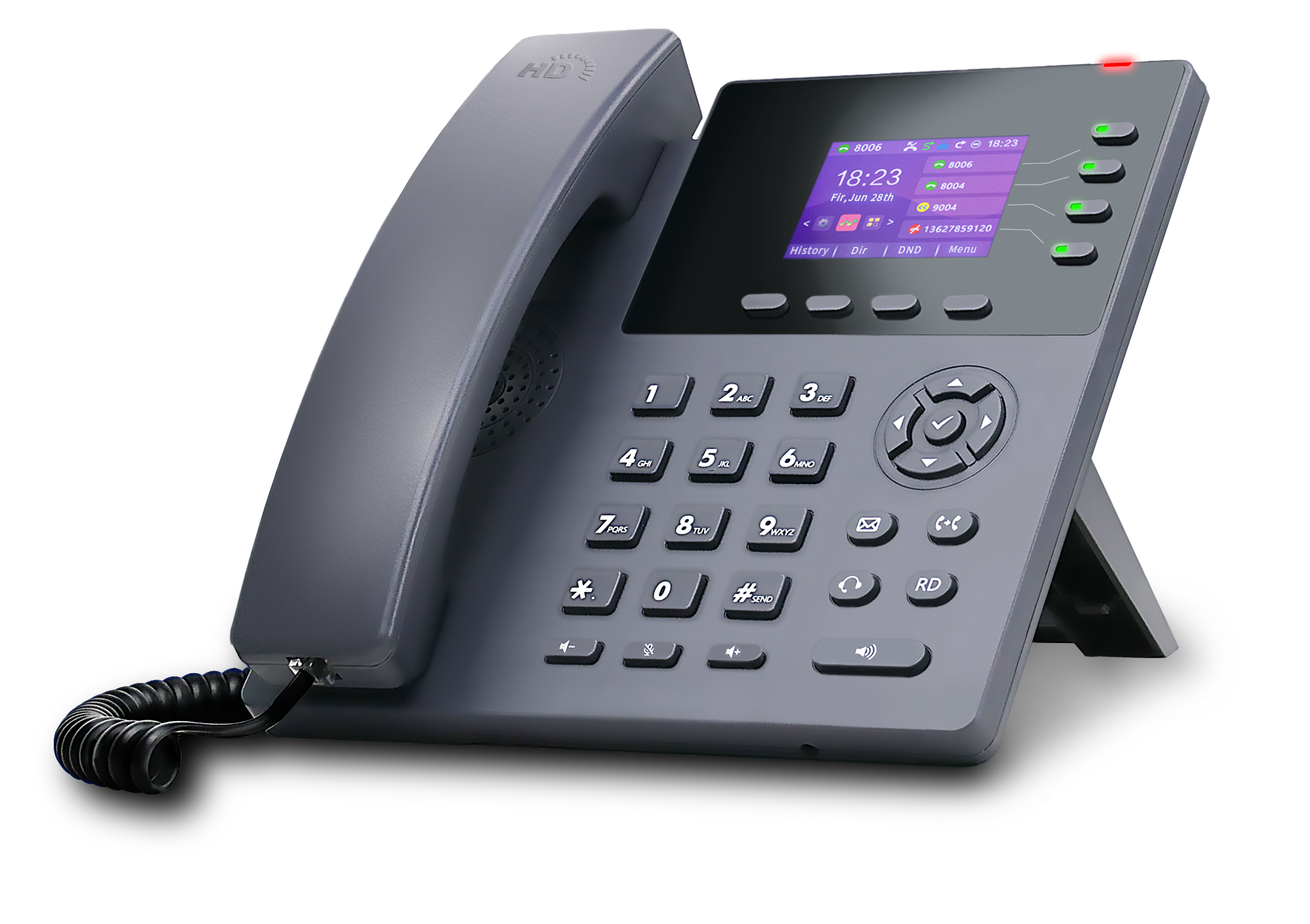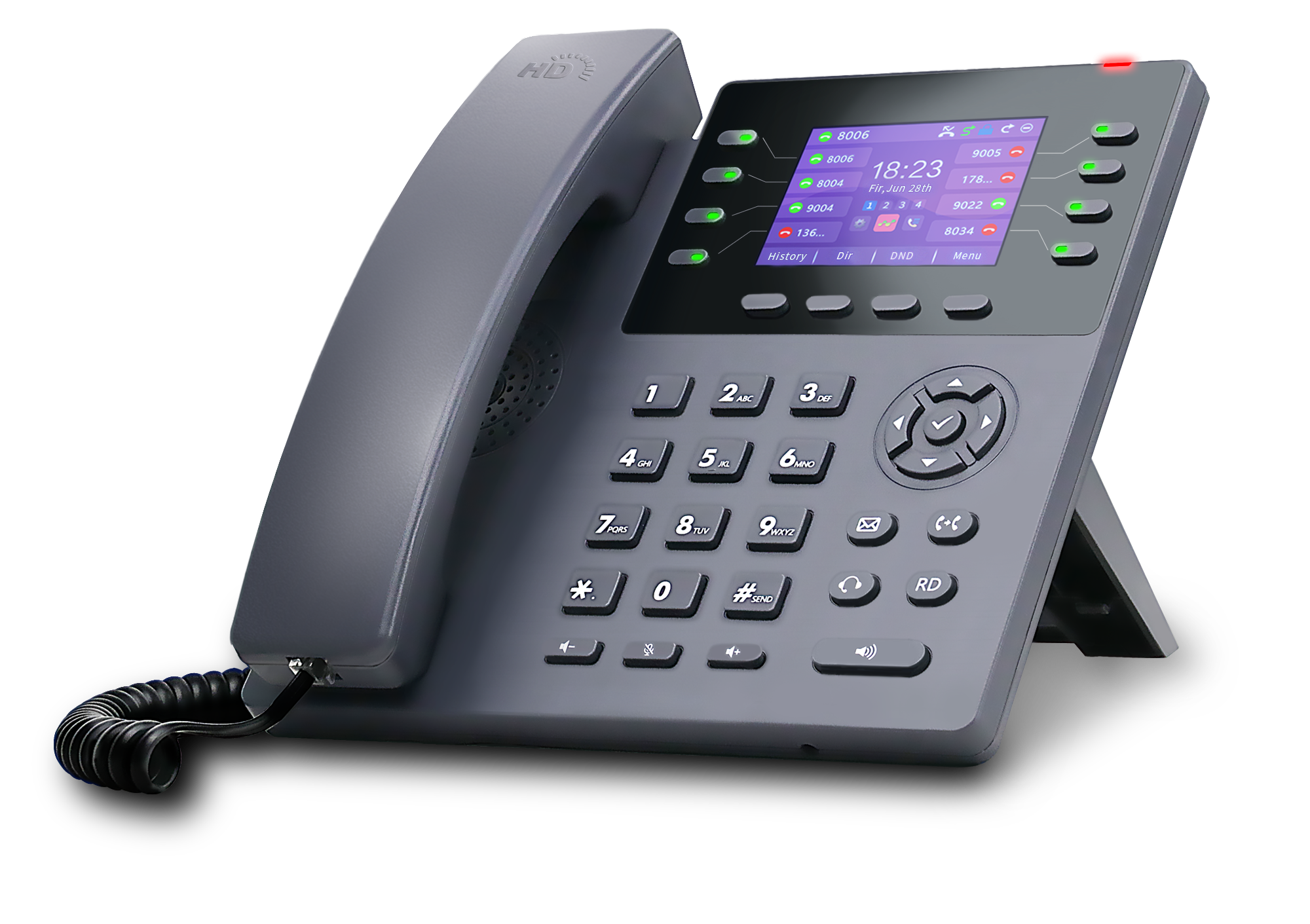Network management system
OMC network management system is a remote network
element management system. It mainly provides
maintenance of access network elements and OMC's own
system. It also provides network topology, device
management, user management, alarm management,
performance management, quality monitoring task
management, and logs. , System management and
other functions.
element management system. It mainly provides
maintenance of access network elements and OMC's own
system. It also provides network topology, device
management, user management, alarm management,
performance management, quality monitoring task
management, and logs. , System management and
other functions.

